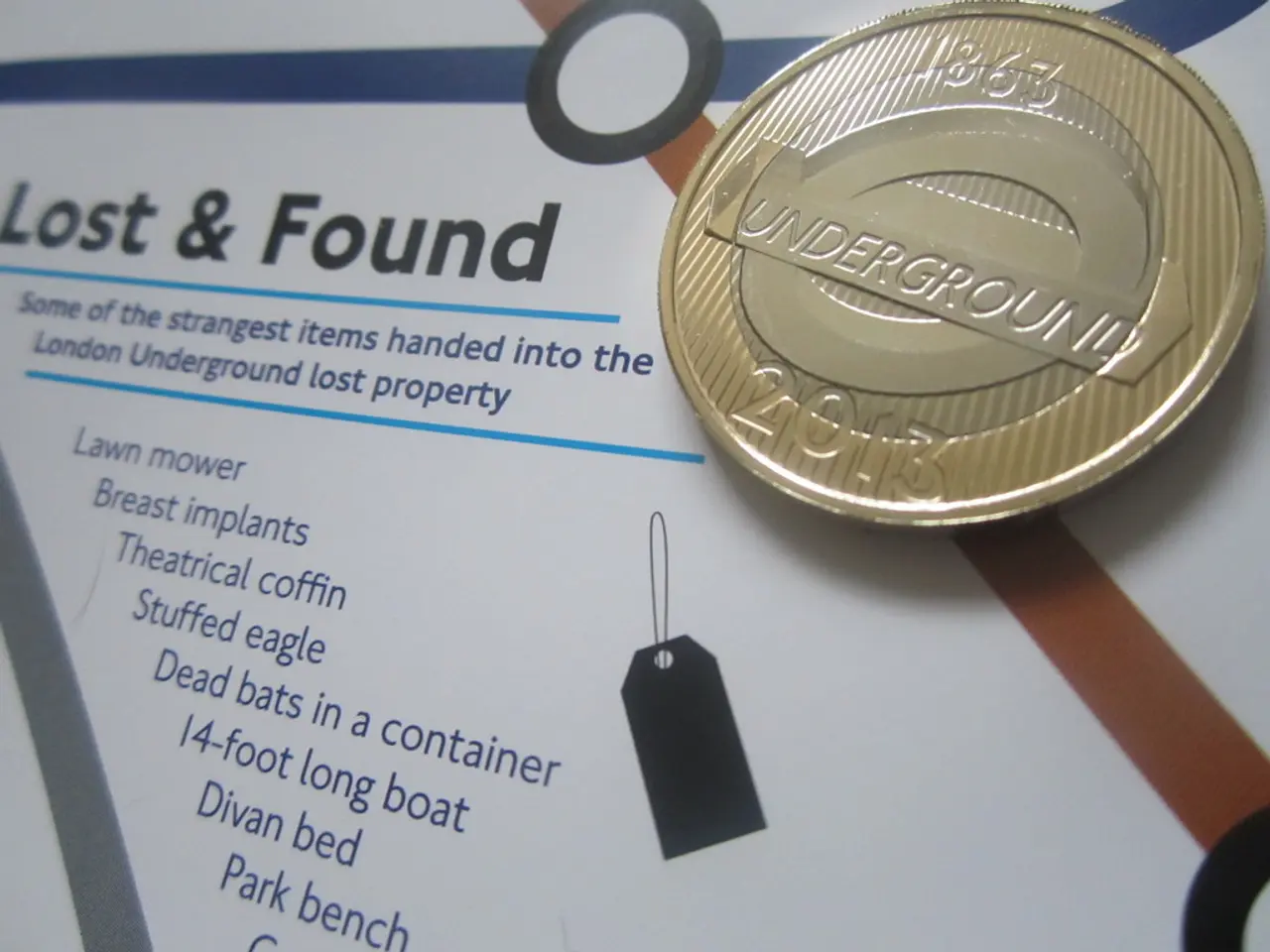Government's stance on introducing a ₹50 coin: Preference for currency notes expressed by the public, as indicated in responses to Delhi High Court
In a recent development, the Union Ministry of Finance has confirmed that there is no current proposal to introduce a ₹50 coin in the Indian market. This decision comes in response to a case in the Delhi High Court regarding the accessibility of the ₹50 note for visually impaired individuals.
The lack of accessibility of the ₹50 note has been a concern for some time, as it does not contain intaglio printing or tactile markings, making it difficult for visually impaired individuals to distinguish between denominations. A petition was filed earlier, presenting a study on the distress and inequalities faced by visually impaired citizens due to the design of currency notes, including the ₹50 note.
However, the government's response indicates that any decision to introduce a ₹50 coin would depend on multiple factors, including public acceptance, economic requirements, and the needs of visually impaired individuals. The preference of the public for banknotes over coins, especially in the denominations of ₹10 and ₹20, has been a significant factor in this decision.
A survey conducted by the Reserve Bank of India (RBI) in 2022 revealed that respondents found banknotes more convenient due to their weight, size, and ease of use compared to coins. The RBI has also developed a mobile application called MANI (Mobile Aided Note Identifier) to aid visually impaired persons in identifying the denomination of banknotes.
It is worth noting that all other denominations of the Mahatma Gandhi (New) Series, including the ₹1, ₹2, ₹5, ₹10, ₹20, ₹100, ₹200, ₹500, and ₹2,000 notes, are designed to be accessible to visually impaired persons.
The decision to introduce a circulation coin of a particular denomination also depends on the frequency of its use in everyday transactions. The RBI conducted a survey on the usage patterns of existing coins and banknotes in circulation in 2022, but no information about the ₹50 note's usage patterns was provided.
In conclusion, while there are concerns about the accessibility of the ₹50 note for visually impaired individuals, there is currently no proposal to issue a ₹50 coin due to the public's preference for banknotes and other practical considerations. The Court has been informed that there is no effective substitute in circulation for the inaccessible ₹50 note, and any decision regarding the introduction of a ₹50 coin would depend on several factors, including the requirement of the economy, degree of public acceptance, and concerns of visually impaired persons.
Business and finance experts argue that the lack of accessibility for visually impaired individuals in using the ₹50 note has been a prominent issue in the realm of policy-and-legislation, as it has been highlighted in general-news and court cases. However, the government's decision on whether to introduce a ₹50 coin depends on the needs of visually impaired individuals, economic requirements, and public acceptance, particularly considering the preference for banknotes.




